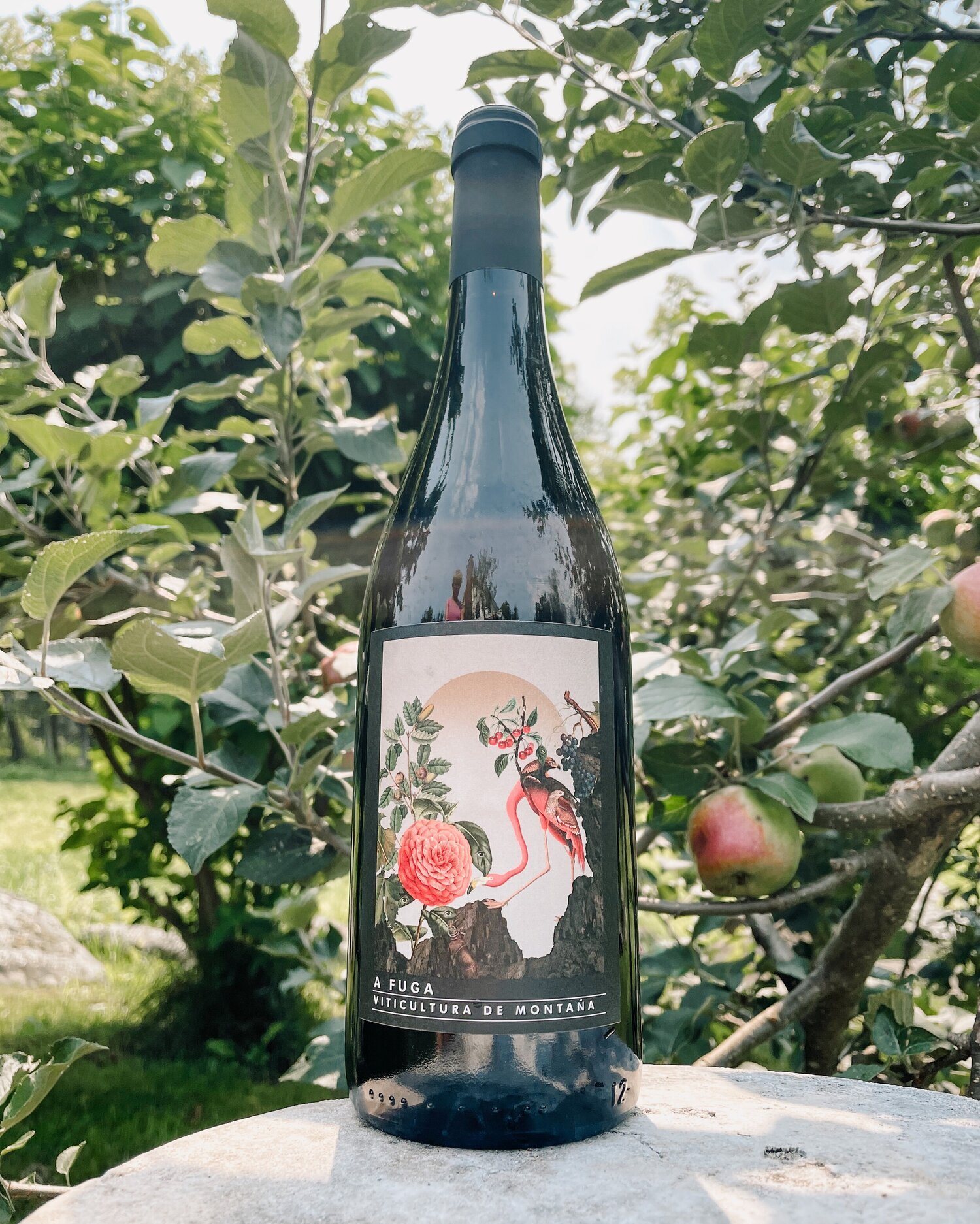Abadia da Cova
By David Keck
One of the most exciting regions in the world right now is Galicia, in Northwest Spain. Known as ‘Green Spain,’ it is wildly different from much of Spain’s grape-growing countryside. Unlike the dry, arid, higher altitude vineyards of Rioja or Ribera del Duero, Galicia is almost coastal, lush, and full of intense vineyards built into steep hillsides more reminiscent of the Northern Rhône or Mosel river valleys.
Abadia da Cova was started as a project by the small, family-owned Adegas Moure. The Moure family settled in the area at the beginning of the 20th century, building a small family farm, but Adegas Moure as it exists now was officially begun in the 1950s by José Moure and his wife, Ana Vázquez. They started their work in fine beverages, making ‘orujos’ or liquors, on the alquitara—predecessor to the still.
According to the story, in the 1960s, José Moure tried a glass of wine, most likely Albariño (the most famous grape of Galicia) and decided to tear out many of the fruit trees in Cuñas in A Cova and plant grape vines. Throughout the rest of the century, the family continued to expand the vineyards, build a new winery, and by 2004, really solidify their position as one of the top producers of spirits and wine in the region of Ribeira Sacra.
We are excited to work with the wines from this family, now produced by the great Spanish winemaker, Ignacio (Nacho) Alvarez. They are produced with respect for the vineyards and region, the least intervention possible, and with a focus on the indigenous varieties of the region.
We started with their truly exceptional and unique rosés—varietal wines (made with a single grape variety) from the native varieties of Sousón and Caiño, they are rich, complex, and rosé for the serious wine drinker.
The next wine to join our offerings in the Green Mountain State was the A Fuga Mencia—a bright, cheerful, unoaked and beautiful representation of this grape. Mencia is a grape variety that we think will soon (if it hasn’t already) capture the hearts of Pinot Noir and Gamay drinkers the world over. It is refreshing, light, spicy, and has the potential for intensity and complexity that express this beautiful terroir.



